Tutorial 1
After reading
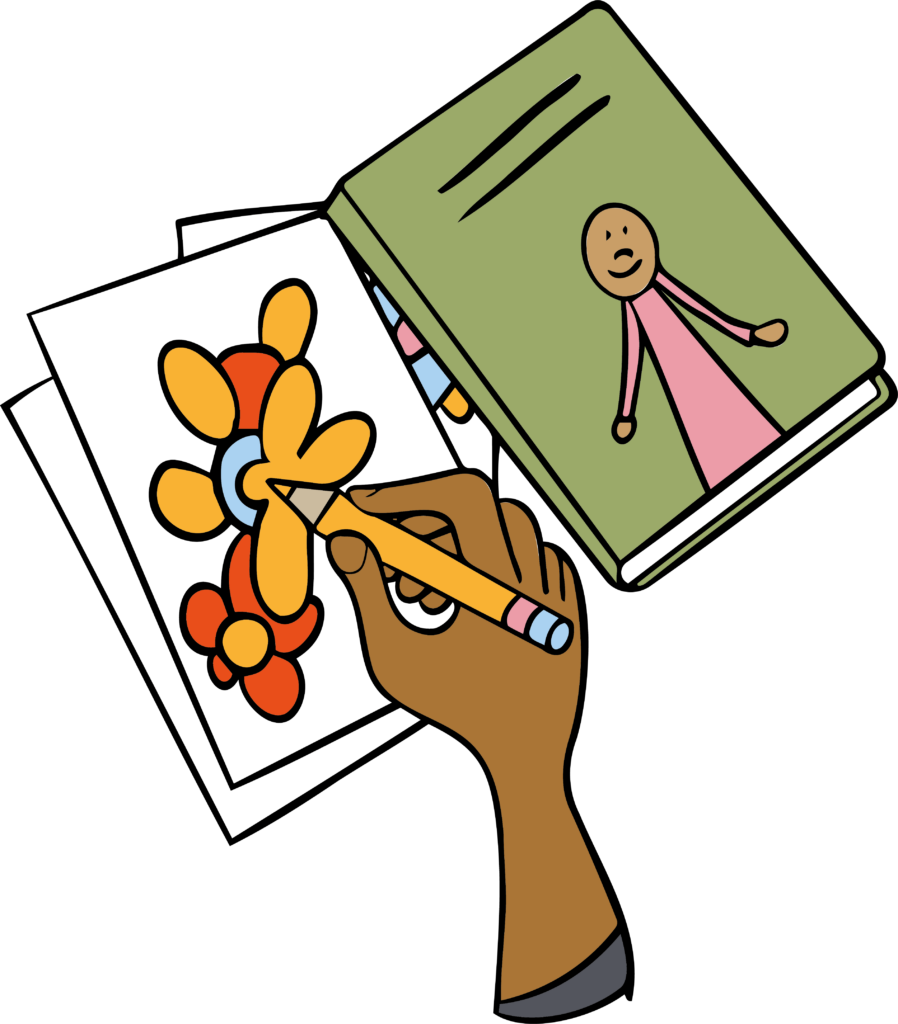
Link the reading session to subsequent activities, to enable the children to process the book content, consolidate their learning, and link it to their own lives. These activities support language acquisition, as they can use the new signs, words and sentences they have learned.
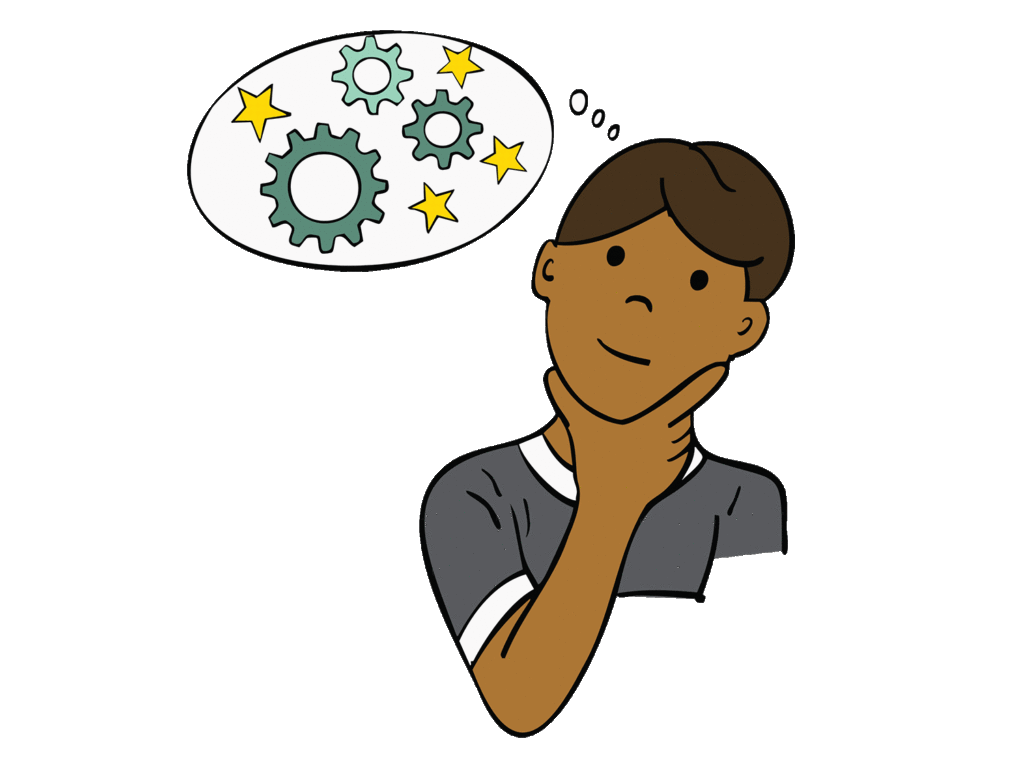
After reading, take time for the children
They may wish to:

Ask you further questions

Tell you their thoughts

Watch the signs in the DGS video

Read the book in another language

Listen to the book

Look at the pictures by themselves

Read the book by themselves

Practise the signs

Continue learning with the book
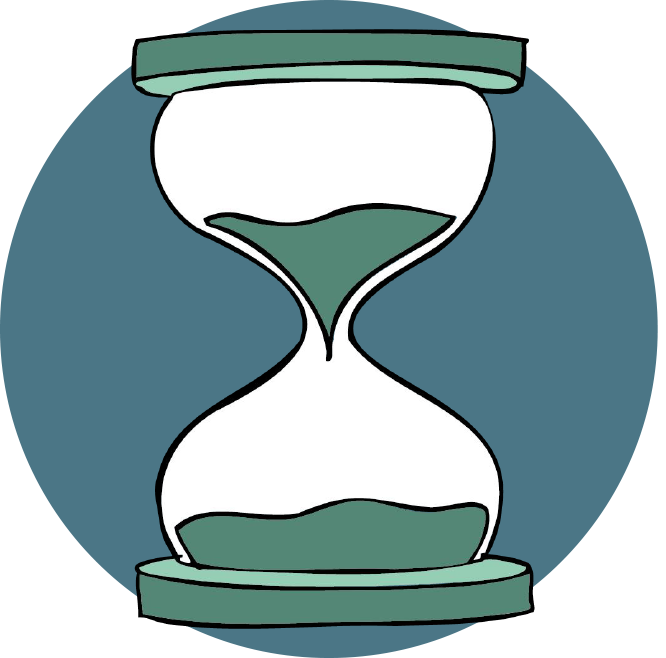
After reading, take time for the children

They may wish to:

Ask you further questions

Tell you their thoughts

Watch the signs in the DGS video

Read the book in another language

Listen to the book

Look at the pictures by themselves

Read the book by themselves

Practise the signs

Continue learning with the book
Post-reading communication: reflect and discuss
Post-reading communication: reflect and discuss

After reading, look at the pictures together and discuss them. Do the children notice anything new?

Which are the children’s favourite characters in the book, and why?

Discuss the characters’ feelings, attitudes and behaviour.

Evaluate the book and discuss what everyone did or didn’t find enjoyable.
Action and production: be creative
Action and production: be creative
Continue the storytelling
Discuss how the story might have ended differently. Tell each other a new ending, write it down, or make a signing video.
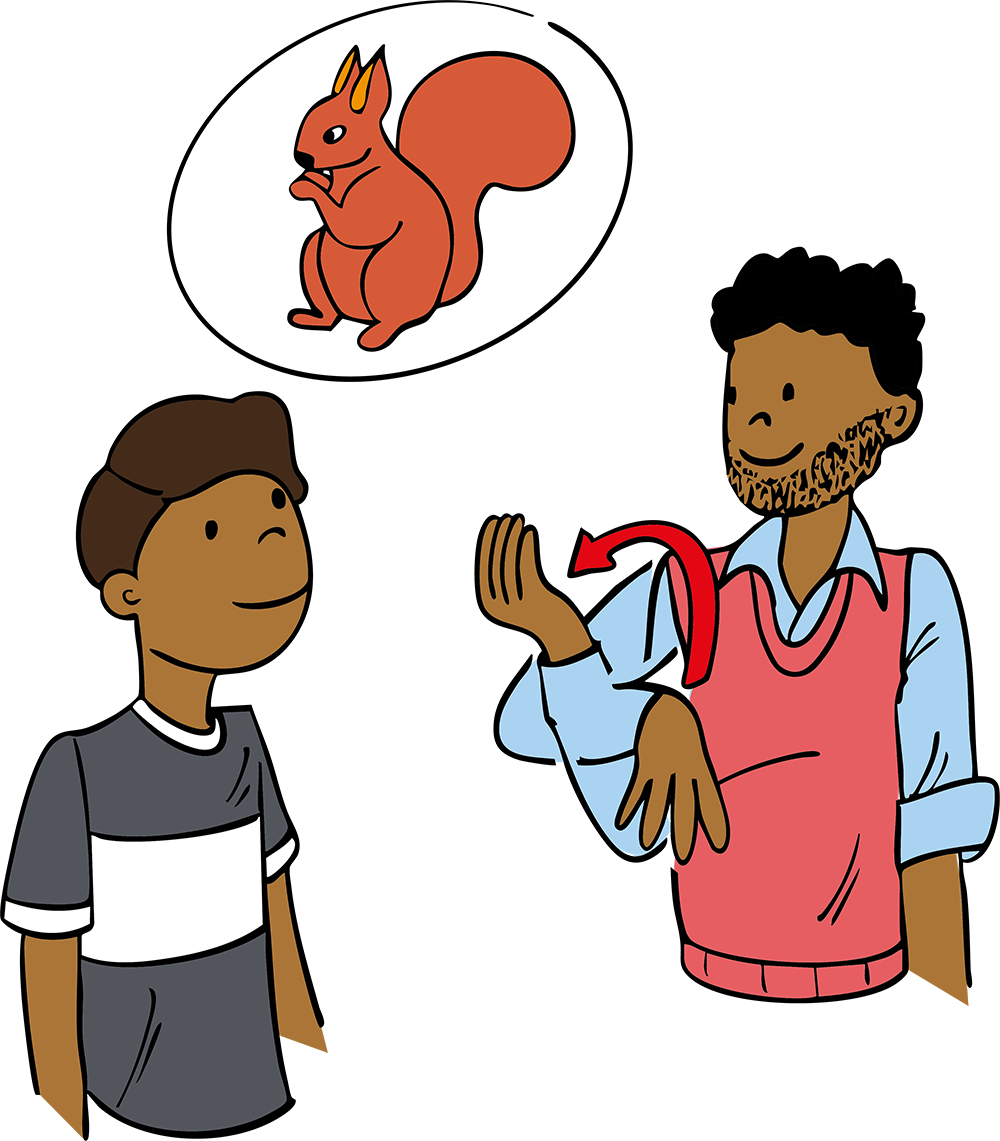
Act out the story
Act the story out using role play, theatre or still images, or use mime to convey the characters’ feelings, for others to guess. This enables the children to put themselves in the characters’ shoes, and better understand the story.
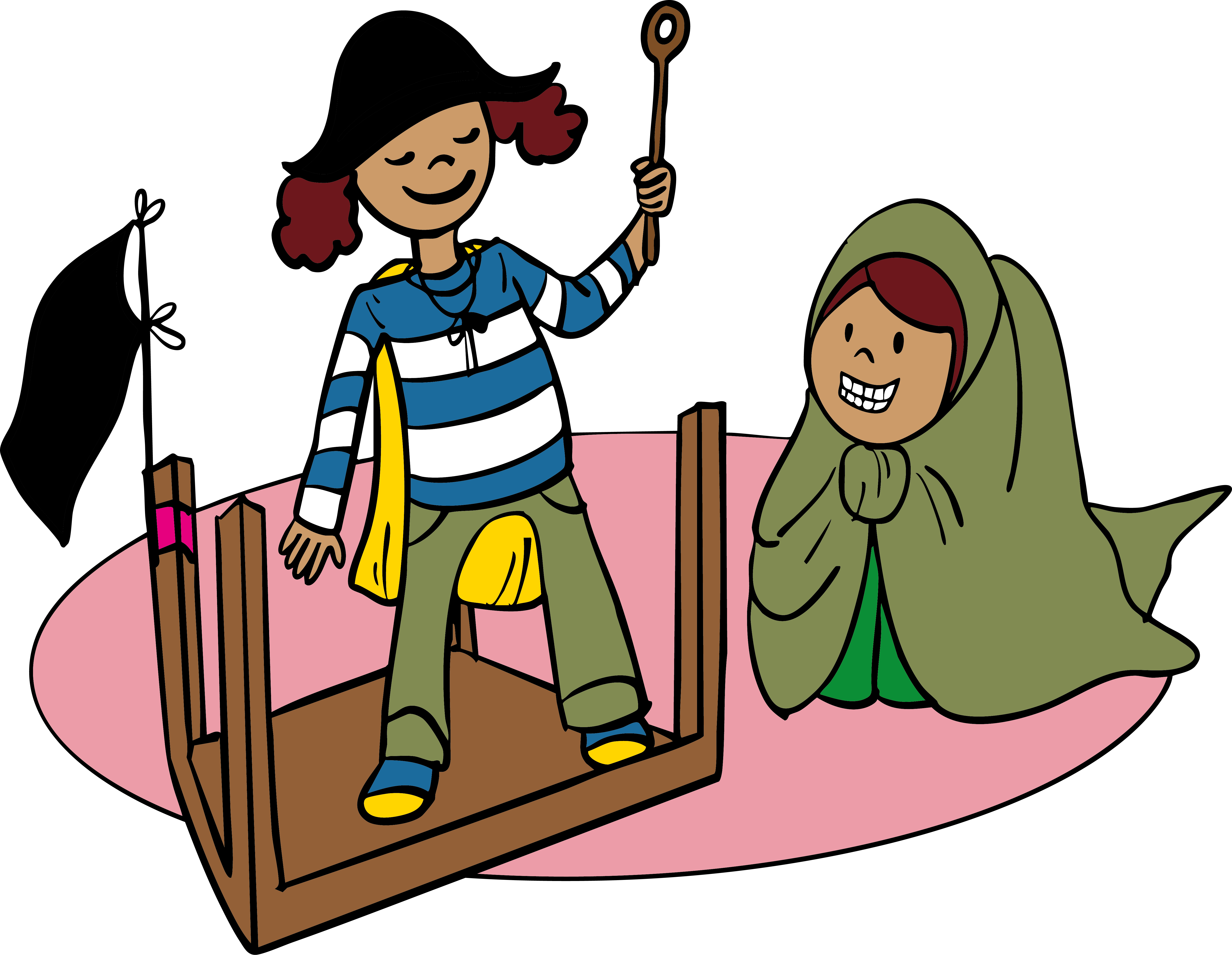
Paint or craft
Paint pictures to go with the story, make playdough figures, or make something that you saw in the story, e.g. Captain Crinklebeard’s ship.
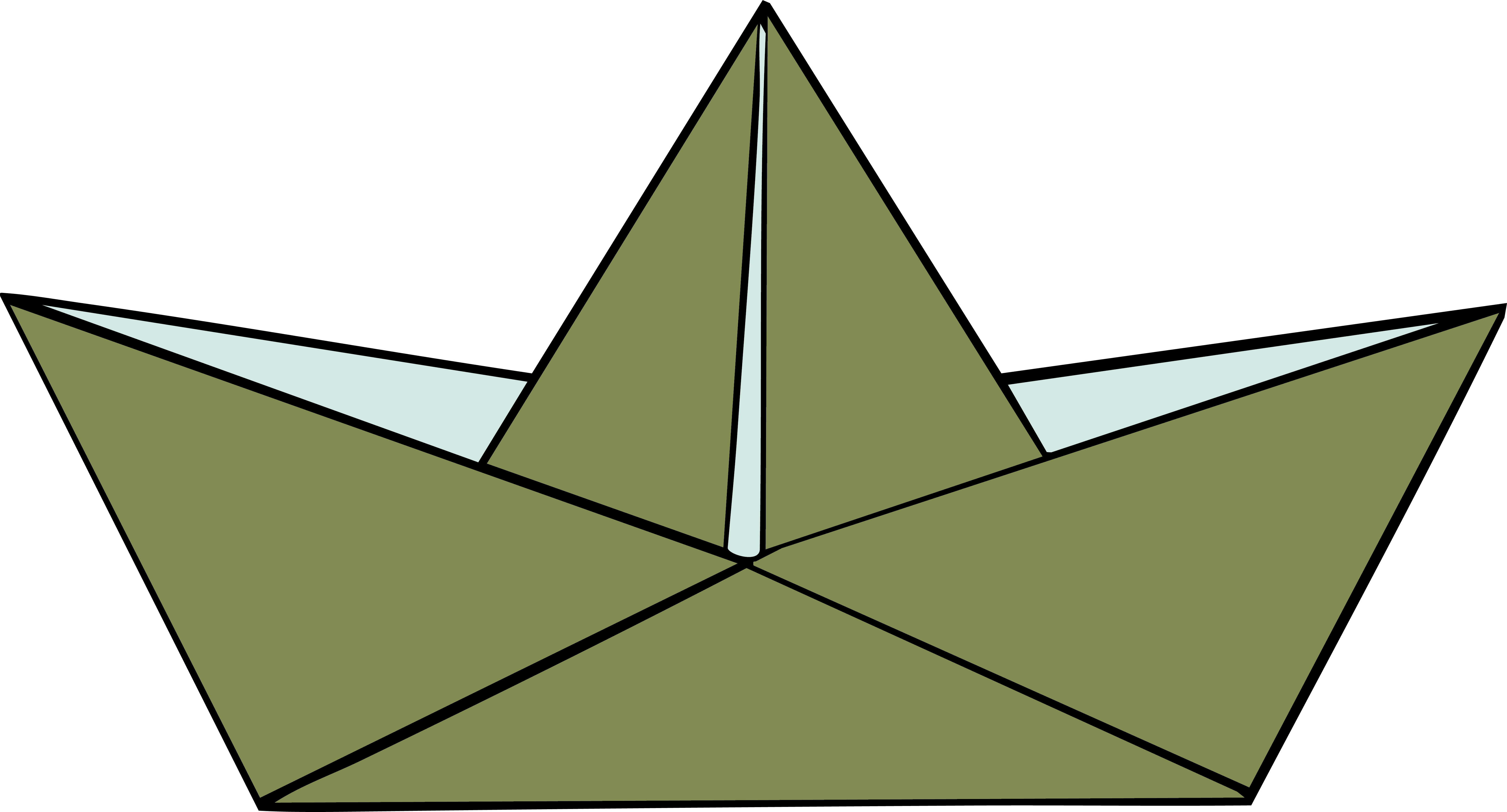
Sign or write
Sign a message or write a letter from the perspective of one of the characters, or think of a continuation to the plot.
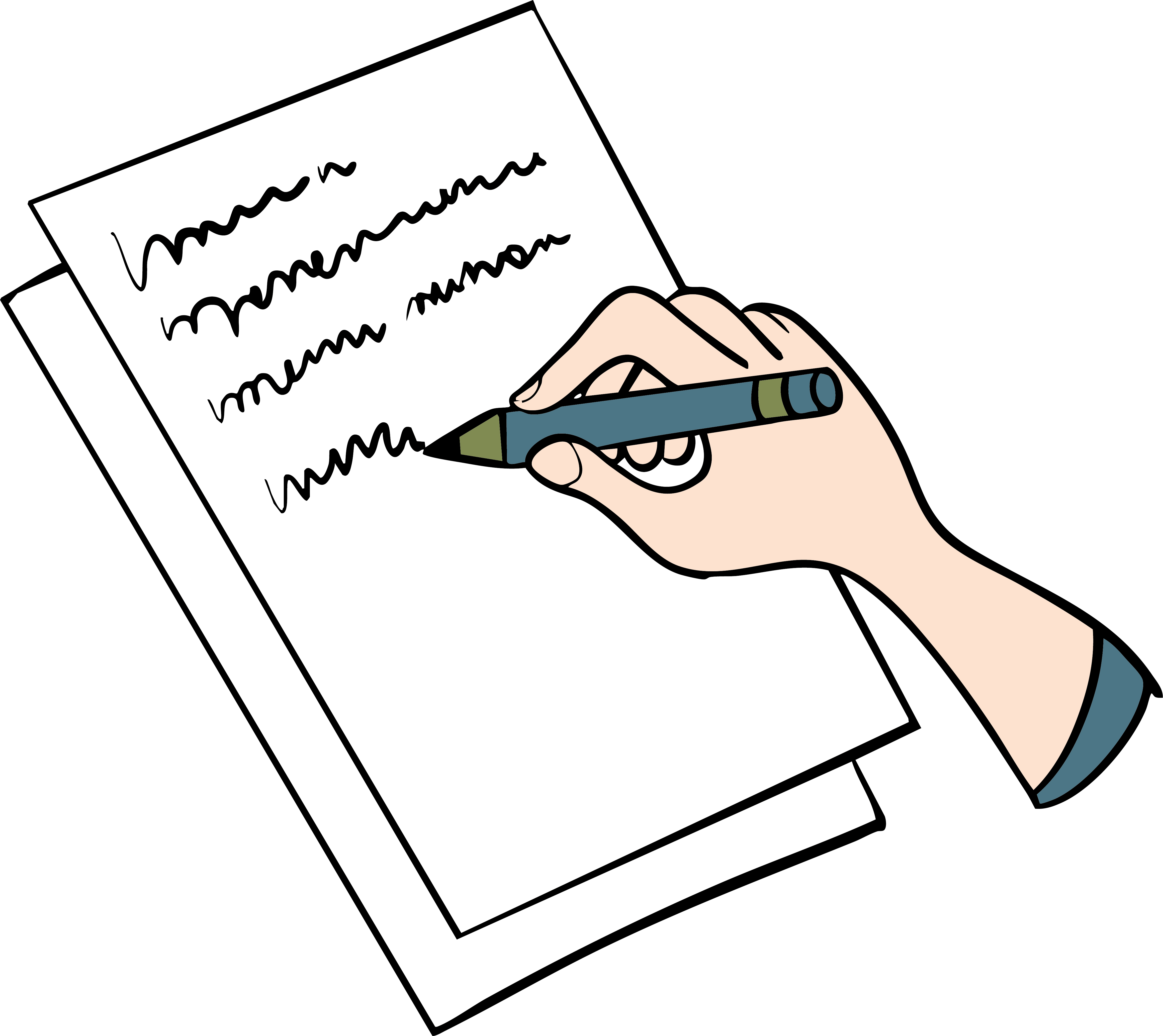
Cook or bake
Cook or bake together. You could bake biscuits in the shape of the golden tortoise, or cook a creamy sauce, like the sauce in ‘Bob Takes Off’.
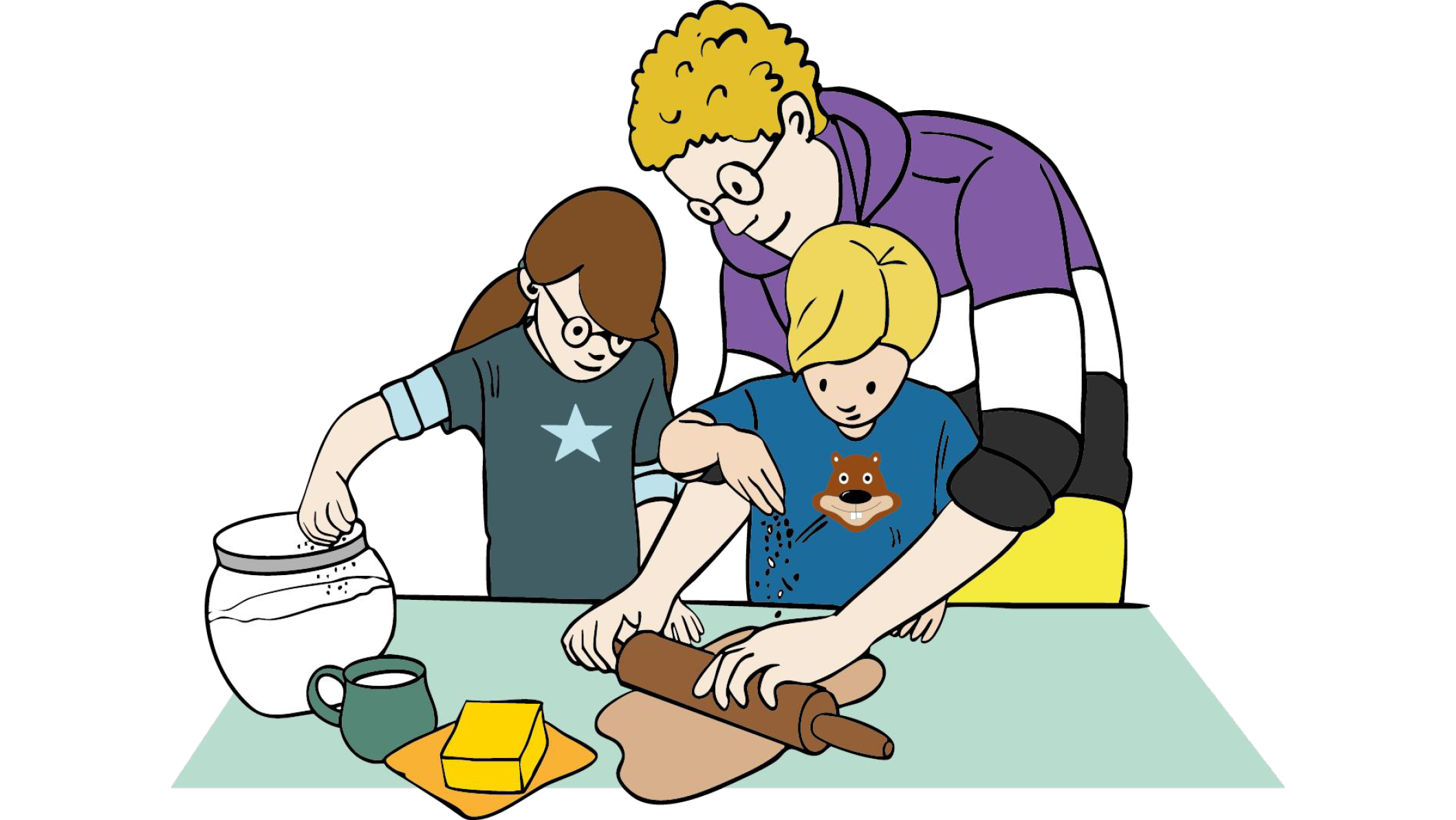
Extra-curricular learning: create a connection to the real world

Explore the grounds of your setting, or go on a trip. Visit a river, e.g. to connect with ‘The Little Beaver and Other Animals by the River’. Or go to the zoo and look for the animals from ‘Savannah United’.

Use digital media, both within and outside your setting. Using phones or tablets, take photos and videos of objects or situations related to the book.

Carry out experiments or observations related to the book.
Quizzes and search games
True or false?

The animals in the book played basketball.
True or false?

At the end, there were 11 animals playing.
True or false?

The giraffe kicked the ball into the waterhole.
True or false?
Guess who?

Who got the ball out of the waterhole?

Which animal was the goalkeeper?

Who is the new member of the team?
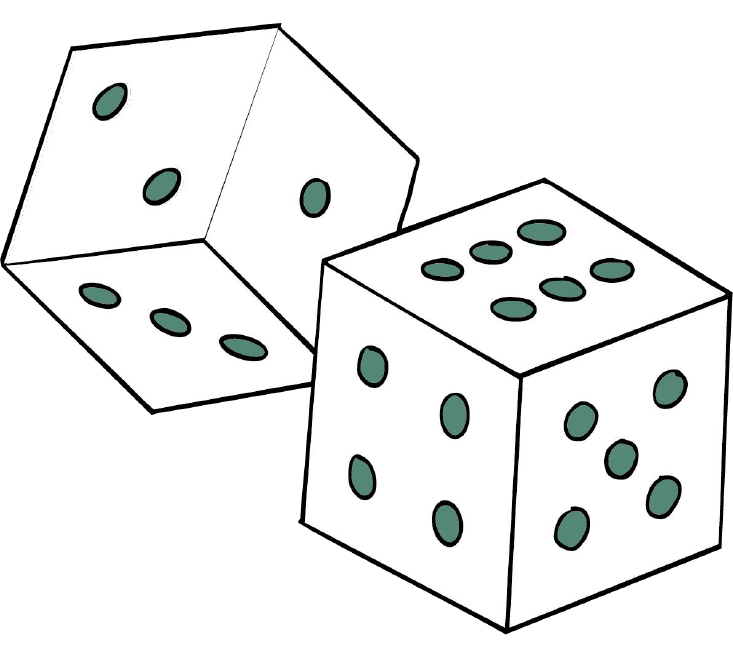
I see something you can’t see

and it’s brown, blue and red. It has a mane.

and it’s black and white. And it’s round.

and it’s brown and green. It has leaves.
Create interdisciplinary work on the story
Post-reading activities can take place directly afterwards, or in subsequent classes. Schools are a good setting for working on a topic in an interdisciplinary way. For example, a story about beavers could be read out in a German class, in connection with factual learning about the animal using the ReaDi book ‘The Little Beaver and Other Animals by the River’.


Tasks
Tasks

Prepare follow-up communication. Design an action and production-oriented task that relates specifically to the book content.

Find an extracurricular location to play quizzes and search games to match the book.
